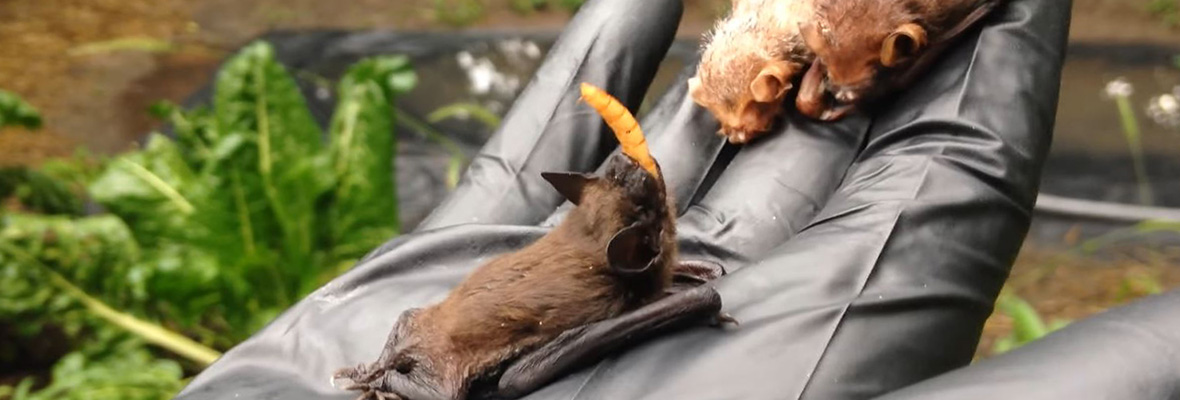Bats & Repellents: The REAL and Honest Truth
Repellents always seem like a great idea when you have a pest, don't they? You'd use lights and sounds to make intruders believe there is someone in your home when it isn't, in the hop that they don't intrude. You would also use a bug repellent, such as mosquito spray, to ensure that the pesky critters don't hang around when the sun goes down, biting you to within an inch of your life.
You can't use repellents for most wildlife species, though. Sadly, animals just like bats are seemingly unflustered by typical repellent and deterrent ideas, some of which have been around for many generations.

You have mothballs as one option, which are dangerous and actually pretty pointless. It doesn't state on the box that they act as repellents for other animals than moths, but they do carry a safety warning — that's because mothballs are actually dangerous and toxic, and could put the lives of people, kids, and other animals, including pets, in danger.
The same can be said for ammonia too — lots of websites suggest using the vapors of ammonia to create an uninhabitable environment for these animals. This is another bad idea for toxic reasons (you're putting the lives of others, including animals, in jeopardy), but also because bats aren't always that bothered by ammonia vapors. Mexican Freetail bats, for example, are renowned for pooping a lot and living in colonies of many thousands, sometimes millions, of bats. The beetles and bugs in the caves they inhabit then eat the poop, known for its high nutrition value, giving off high levels of ammonia in the waste that they produce in turn. Technically, those bats are living alongside high levels of ammonia all the while they stick in the caves, and they are apparently totally unbothered by it.
Both of these options — as well as other chemicals and toxic combinations of ingredients — are toxic, as we have mentioned many times. This means that alongside the chances that the bat colony WILL NOT be moved along by the ammonia vapors in the air; it could actually kill them, which might then see you facing legal action. You would then have the worry of dead bats on your hands, and the complicated and messy task of removing and disposing of them.
There are other repellents you could fall back on — repellents that AREN'T toxic to bats and other animals, but these have been shown to have little success. Fluids and granule-based substances are easily washed off, and are designed to force out the animals by way of a bad smell or taste. There are no proven products on the market to achieve this — many of them have no effect at all but can be quite expensive to buy.
Battery or mains-operated devices add additional costs to your already extortionate energy bills, and they haven't been shown to work either. Lights and sounds will work to get rid of bats for a short-term movements, but as soon as the lights or sounds are turned off, the bats will just come right back again. You will find yourself in a constantly repeated cycle of events, more damage being thrown into the mix with each cycle, and more guano to clear away at the end of it all too.
Repellents do not work — this is the case for all wild animal removal jobs. You must remove the animals using the method that is right for that particular animal, and with that bats the best approach is often an exclusion-based one. By using this method you are encouraging the animals to find somewhere else, but without actually having to get involved too much. No trapping, no releasing, no swinging nets around like a crazed butterfly-catcher.
If you're considering spending your money on repellents and other “magical” solutions that promise to get rid of bats quick, we urge that you reconsider. Pick up the phone and get a quote from local wildlife removal specialists who will make sure those bats are removed without using repellents and that they don't come back.
Go back to the Bat Removal home page or email us for more info about Bats & Repellents: The REAL and Honest Truth

